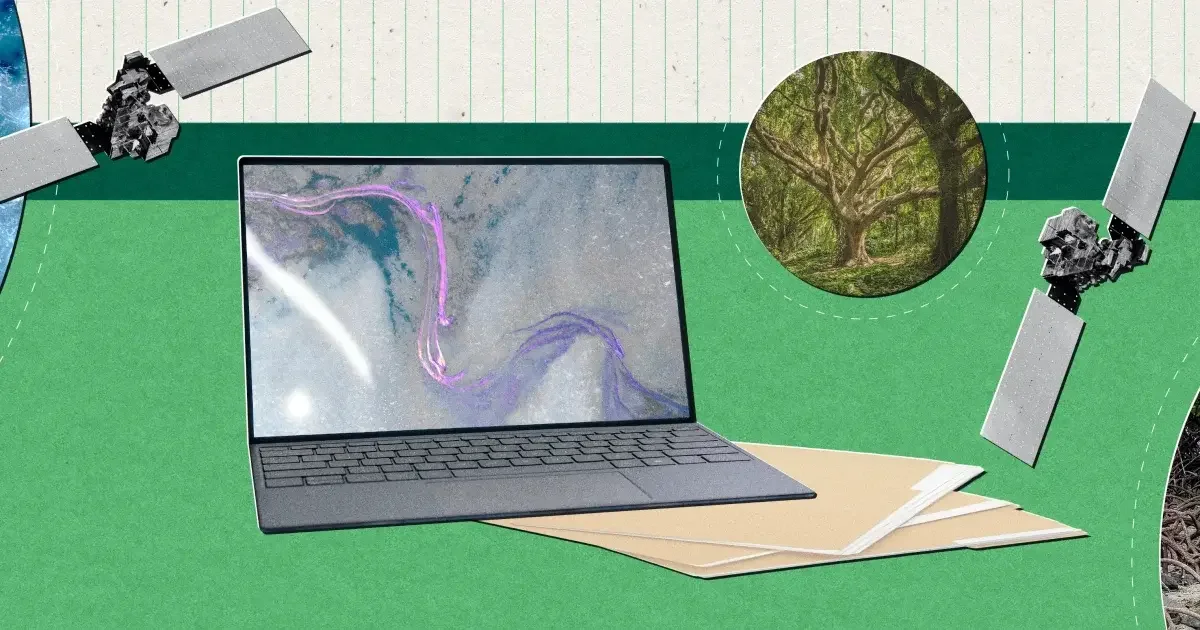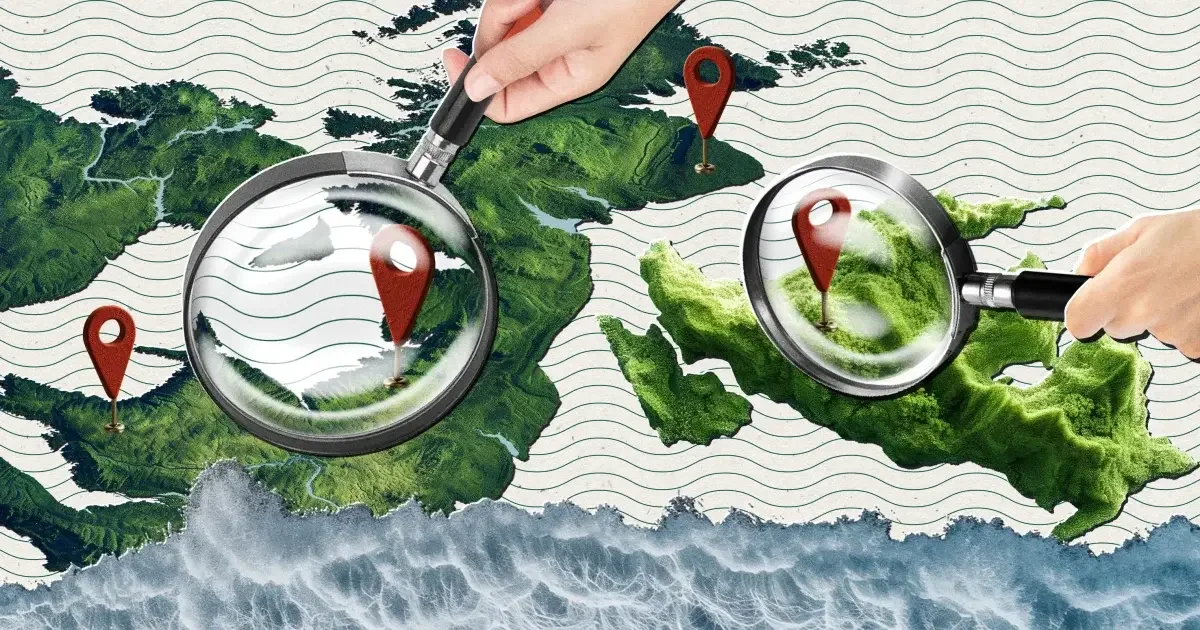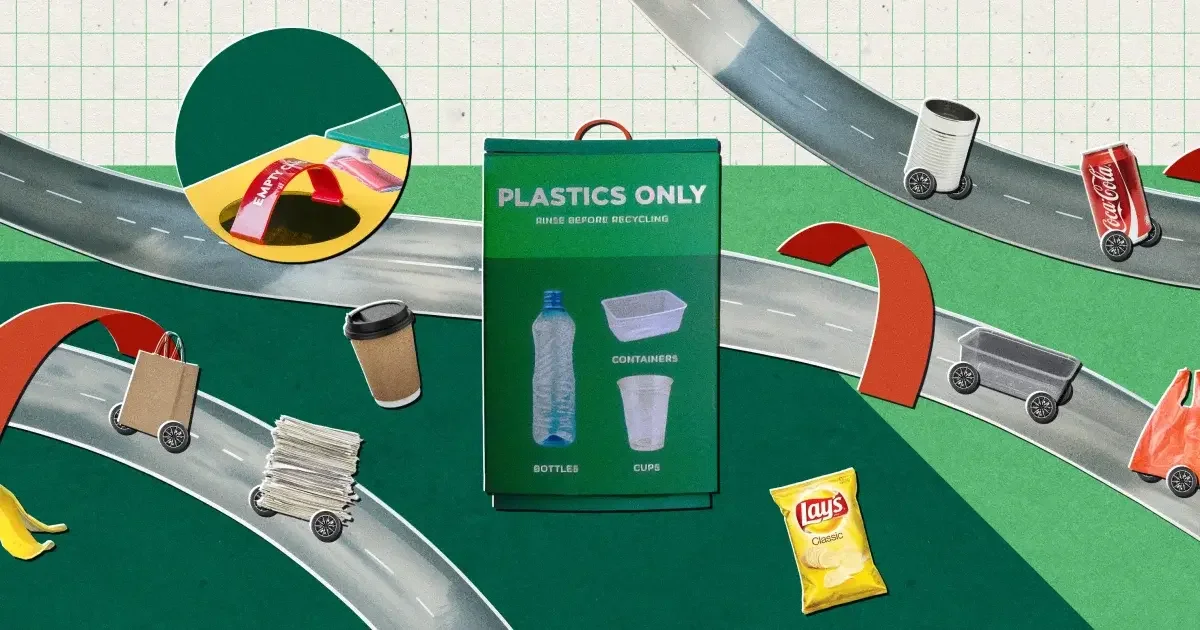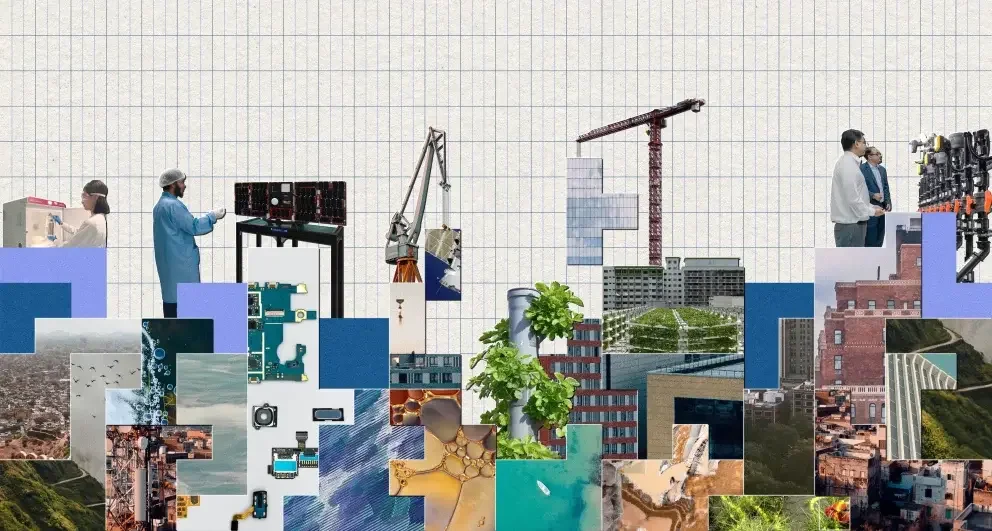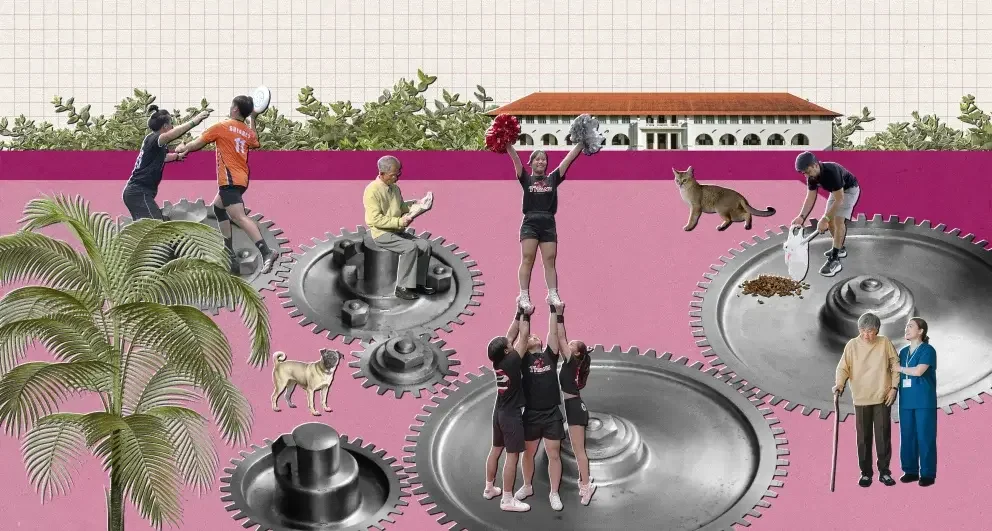

Shaping a Sustainable Future
An integrated push towards a sustainable future
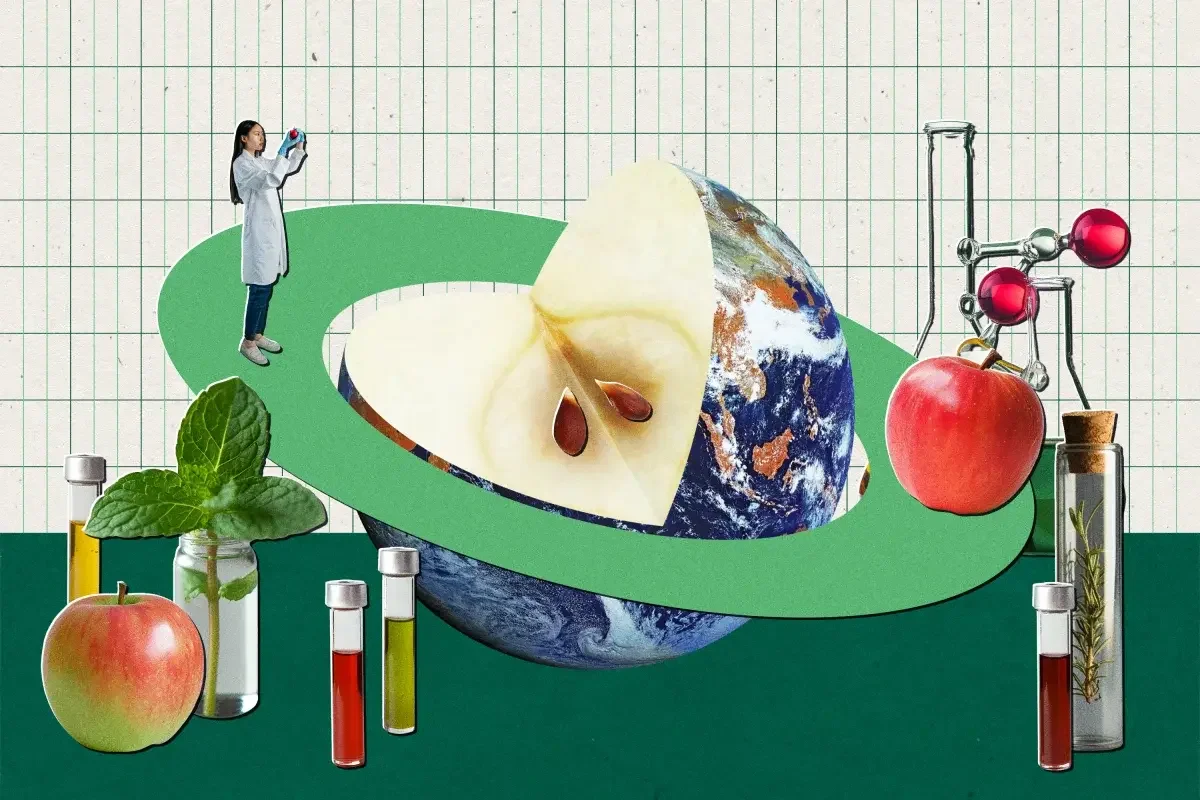
A more sustainable future is ours to shape through interdisciplinary solutions spanning education, research and campus operations.
Efforts to expand our sustainability education offerings are underway. With a growing suite of sustainability-themed programmes in fields that range from meteorology and climate science to green finance, we aim to cultivate talent that will lead and champion the global fight against climate change.
On the research front, we tackle the protean problem of climate change in myriad ways—from developing green energy technologies, to harnessing nature for carbon solutions, to improving heat resilience structurally, technologically and socially.
Closer to home, the new Coastal Protection and Flood Resilience Institute, hosted at NUS, seeks to help low-lying countries—like Singapore and many others in Southeast Asia—bolster their defence against rising sea levels.
Our first testbed is our campus—a living lab where climate solutions, resilience and goals are actualised.
Sustainability education and research
SUSTAINABILITY COURSES
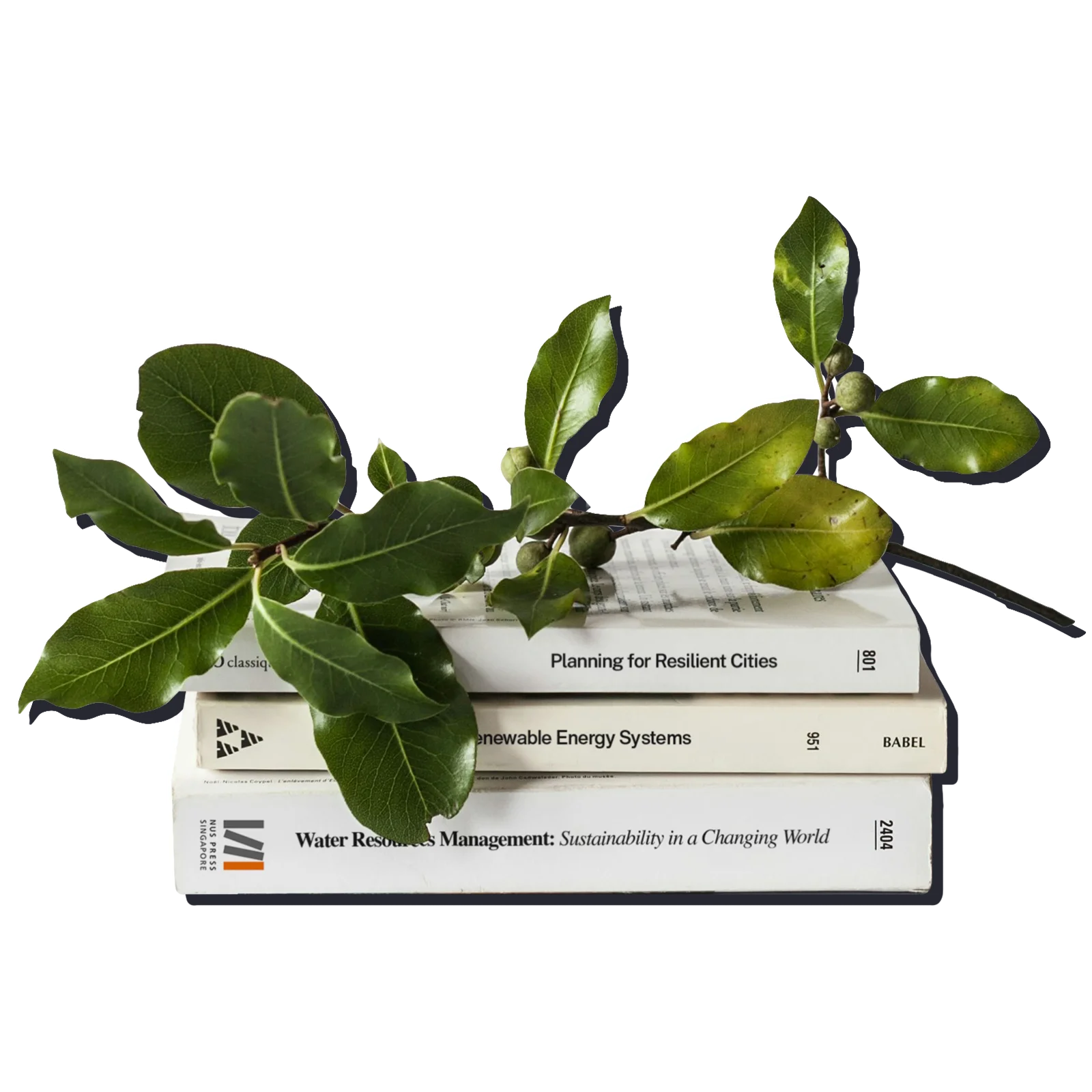
> 800
sustainability-centric undergraduate, postgraduate and continuing education courses across the spectrum, from social development and resilience to technology, environment and compliance.1
SUSTAINABILITY RESEARCH
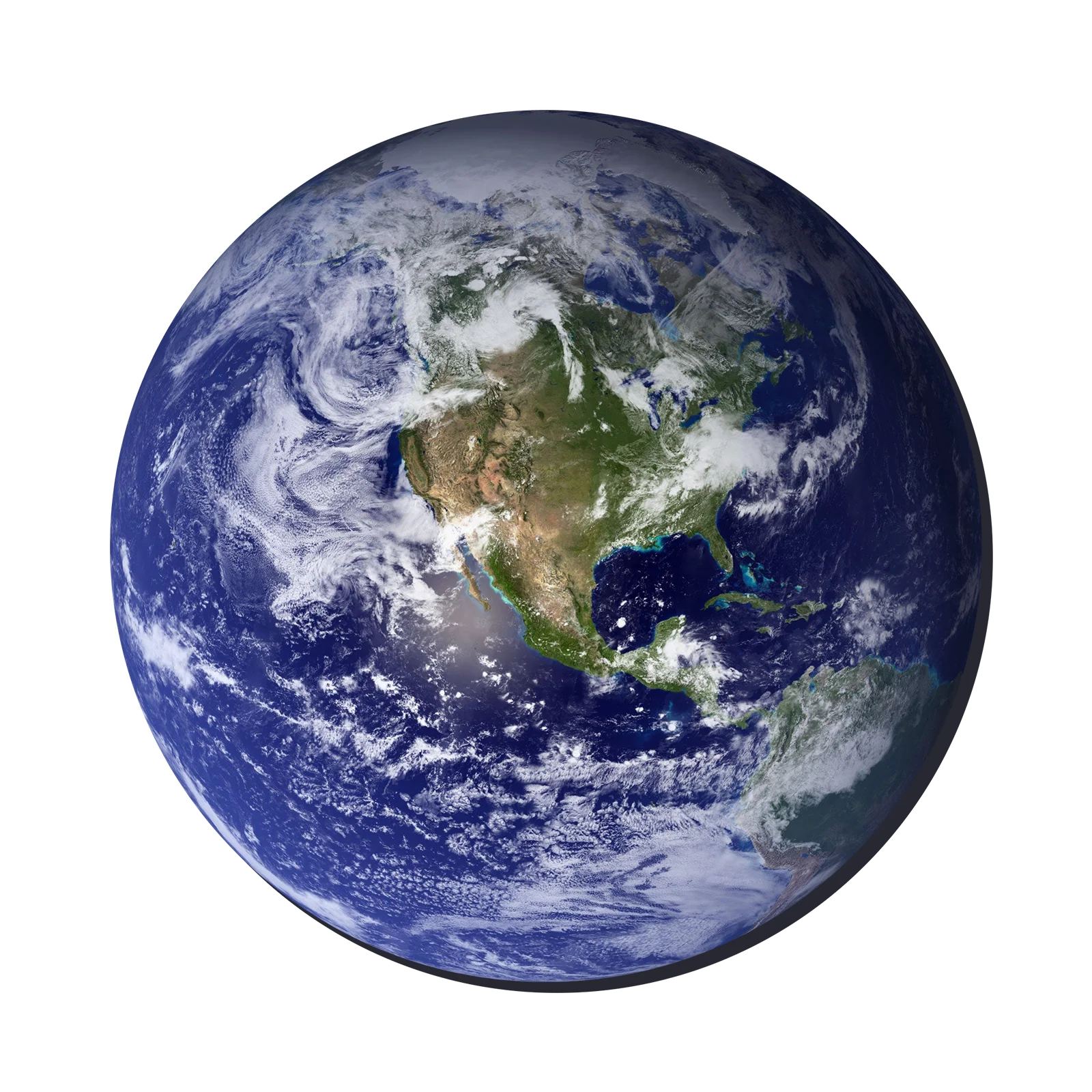
Nearly
1 in 3
of our faculty participate in sustainability-related research, a 30% increase over five years.2
1
As at October 2023
2
Calendar Year 2022
OUR IMPACT, IN DEPTH
Harnessing the power of nature to fight climate change
Severe floods, intense heat waves, withering drought—the drastic effects of global warming are increasingly seen and felt around the world, lending urgency to the call to limit global temperature rise within this century to two degrees Celsius. Tackling this complex challenge demands solutions on all fronts—and NUS researchers are harnessing a solution in their proverbial backyard.
Since 2020, Director of NUS Centre for Nature-based Climate Solutions Professor Koh Lian Pin (pictured below, on the right) and his team have been exploring how to harness nature and natural processes to reduce or remove greenhouse gases. Restoring mangroves, for example, can help to absorb carbon at high densities, while also defending coasts from rising sea levels. Protecting our forests can reduce carbon emissions as well as preserve biodiversity, especially in Southeast Asia and South America.
“Unlike technologies that may not be ready for upscaling, nature-based solutions are, at the moment, our most feasible and cost-effective means to quickly avoid further emissions,” said Prof Koh, who added that the Centre hopes to equip decision-makers in Singapore and the region with the science and tools needed to respond to climate challenges and opportunities.
CNCS is also at the forefront of a significant five-year research initiative known as Carbon Integrity SG. The S$15 million project monitors natural habitats around the region to map nature-based projects that can be developed as potential sources of high-quality carbon credits.
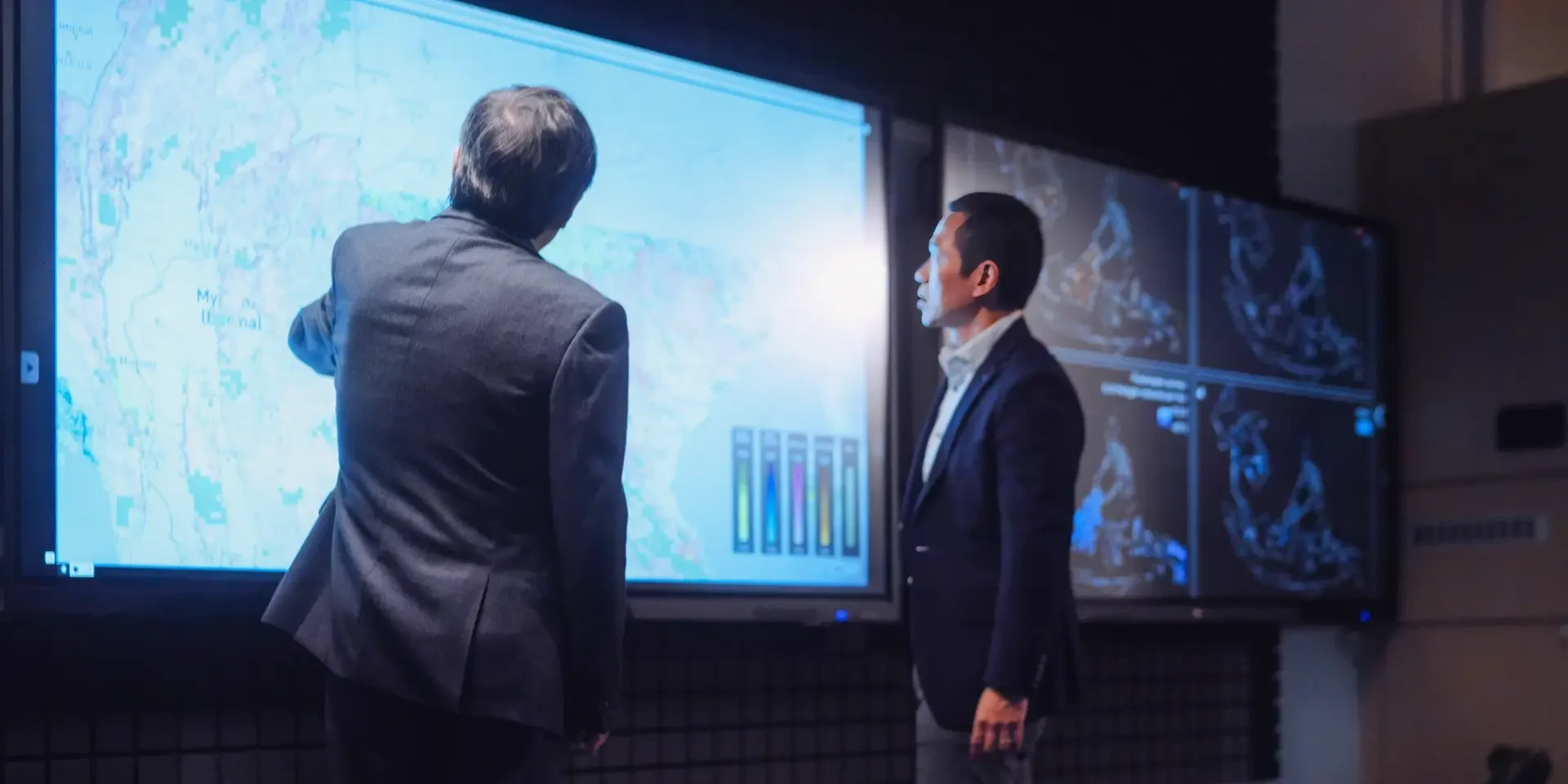
Using tools such as light detection and ranging technology, the team can generate more accurate estimates of carbon stocks that are specific to this region and its varied ecosystems. This could help allay the uncertainty that developers and investors have about the amount of carbon stored in a natural habitat, and through inspiring confidence, spur investment in such projects.
“Carbon Integrity SG will enable high environmental integrity for nature-based carbon projects, by ensuring that credits generated from these projects represent real and additional emissions reduction,” said Benedict Chia, Director General for Climate Change at the National Climate Change Secretariat.
“Given the large potential for nature-based abatement in the region, this initiative can play an important role to accelerate climate action here.”
Besides avoiding millions of tonnes of carbon dioxide, such projects also offer a host of other benefits, including water purification, food security, and biodiversity conservation. To Prof Koh and his team, it represents another step in their drive to meet the challenges and opportunities of climate change, in service of society.
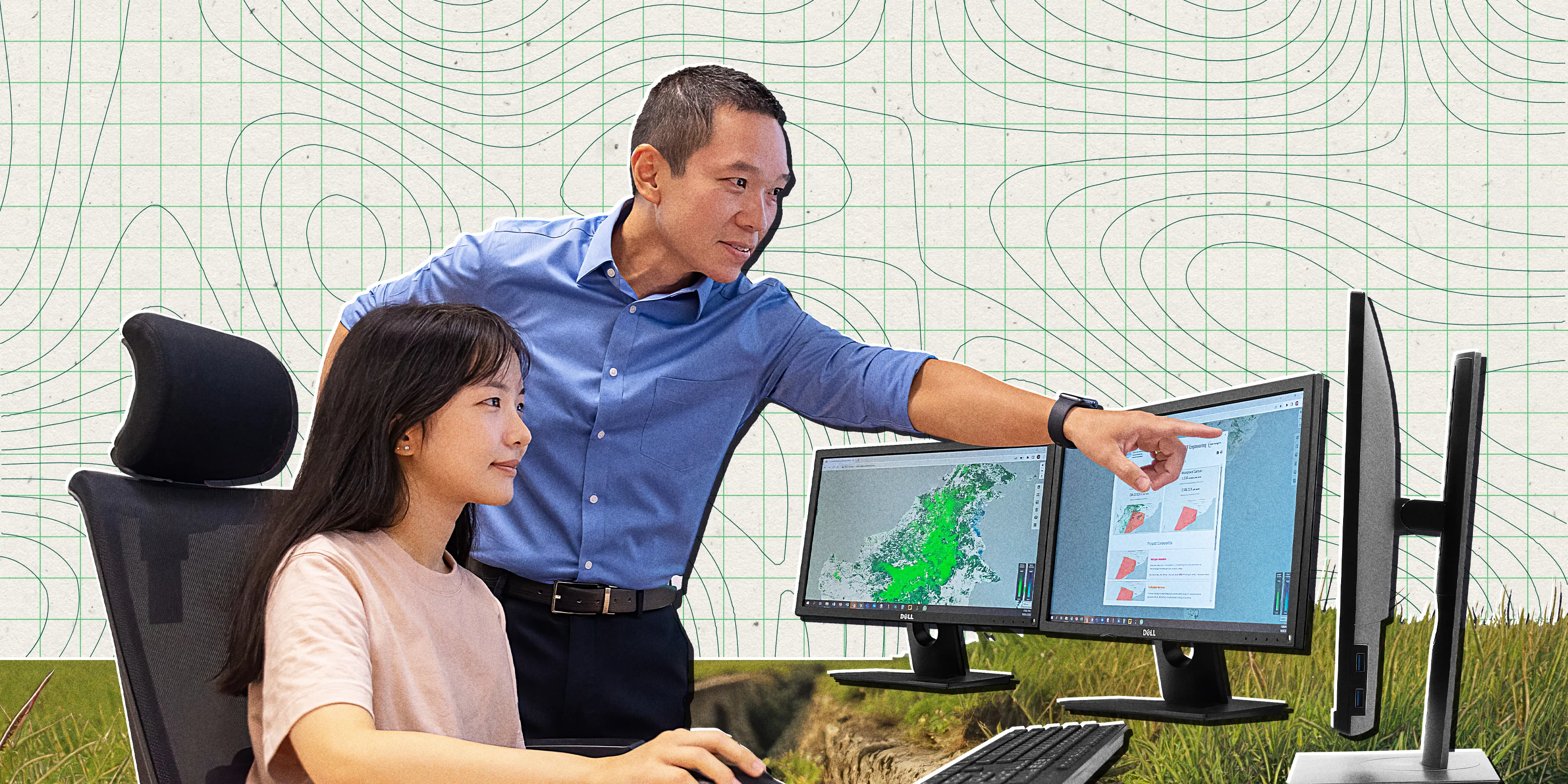
“We have a much better understanding of the value of nature now, and the importance of harnessing nature as part of our solutions against climate change. When it comes to nature-based climate solutions, we are moving very quickly in the right direction.”
—Professor Koh Lian Pin
Director, Centre for Nature-based Climate Solutions
OUR IMPACT, IN DEPTH
Climate-proofing our habitat
At the turn of this century, rising sea levels, fuelled by rising global temperatures, are expected to affect over 600 million coastal dwellers worldwide. Around Singapore, mean sea levels are projected to rise by up to one metre by the year 2100—well within the lifetimes of our children and theirs. Our island state is also vulnerable to flooding due to more intense rainfall, which could in turn fuel land and biodiversity loss, disrupt economic activity and livelihoods, and affect public health.
Through the newly established Coastal Protection and Flood Resilience Institute, a national initiative hosted by NUS, our researchers are developing solutions to protect our habitat, from creating models for coastal defence to forecasting rainfall levels.
Protecting our coast with nature-inspired solutions

“Our natural environment is something that we have yet to fully understand. The interplay between water flows and vegetation fascinates me,” shared Assistant Professor Gary Lei from NUS’ Department of Civil and Environmental Engineering, who leads a multidisciplinary team studying the effectiveness of blending natural elements, such as mangrove seedlings and seagrass, with fabricated coastal protection infrastructure. The study was inspired by seeing how mangrove shoots naturally sprout through cracks in rock revetments at Kranji Coastal Nature Park.
“A limitation of artificial hard structures is that they are not adaptive to rising sea levels. So, incorporating natural elements that can keep pace with changes in the environment has the potential for sustained coastal protection,” said Asst Prof Lei. “They also offer other benefits such as enhancing biodiversity, reducing sediment erosion, promoting carbon sequestration, and improving water quality.”
The team is also studying how such vegetation could survive against a coastal landscape that is constantly changing, as well as what it would take to monitor and maintain its performance over time.
This study will pave the way for a set of guidelines to protect Singapore’s shoreline in a manner that is both effective and eco-friendly. These guidelines could also potentially inform similar hybrid solutions globally, with adjustments made for climates, geographies, biodiversity, and policy factors.
Enhancing rainfall prediction to boost flood resilience

The weather is notorious for being unpredictable, but Professor Vladan Babovic, a leading scientist in the field of hydroinformatics from NUS’ Department of Civil and Environmental Engineering, has taken on the mammoth task of staying one step ahead. He and his team are developing enhanced computer models that can predict short, intense localised downpours, known as convective rainfall, to inform Singapore’s flood resilience measures.
“While today’s buildings and infrastructure are designed to withstand severe flooding, we have yet to fully understand how rainfall will change in the next 50 to 100 years. Through our project, we aim to provide valuable insights for Singapore’s urban planning, infrastructure development and water resource management,” explained Prof Babovic.
The main challenge in developing rainfall prediction models is the multitude of non-stationary parameters to consider. Besides the uncertainty of atmospheric conditions, factors such as an evolving urban fabric, global warming, and greenhouse gas emissions can significantly alter rainfall properties.
By leveraging on existing rainfall monitoring networks and deploying new systems, Prof Babovic and his team aim to understand how these factors influence the extent and intensity of extreme convective storms. With this new knowledge, they can improve real-time and long-term forecasting that will directly contribute to Singapore’s climate resilience strategies.
Campus sustainability highlights
NET-ZERO ENERGY BUILDINGS
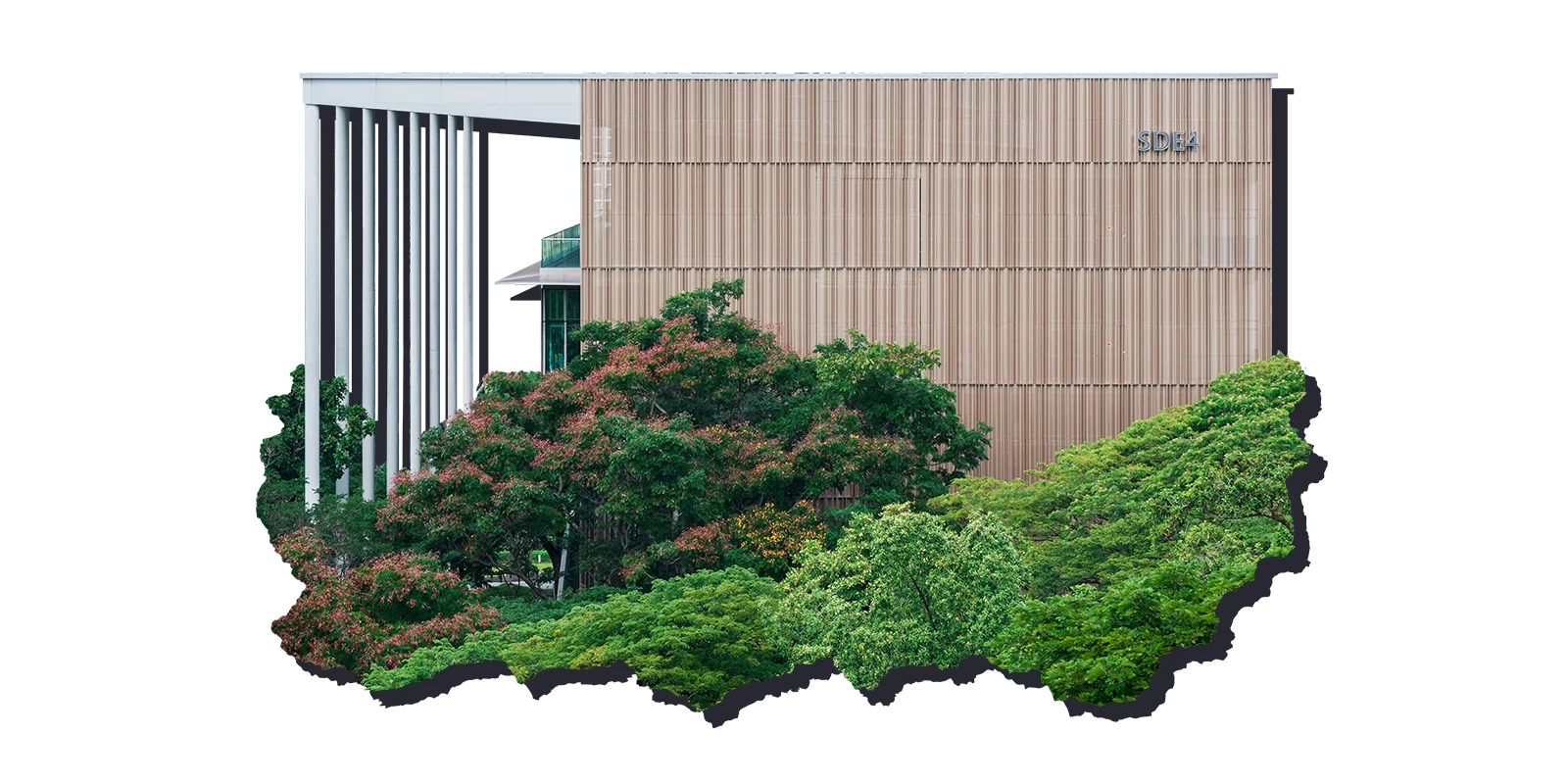
Home to the
first net-zero energy building cluster in Singapore,
made up of two adaptive re-use buildings, SDE1 and SDE3, as well as SDE4, recipient of the Building Construction Authority Green Mark 2021 for achieving net-positive energy.
SUSTAINABLE COOLING SOLUTIONS
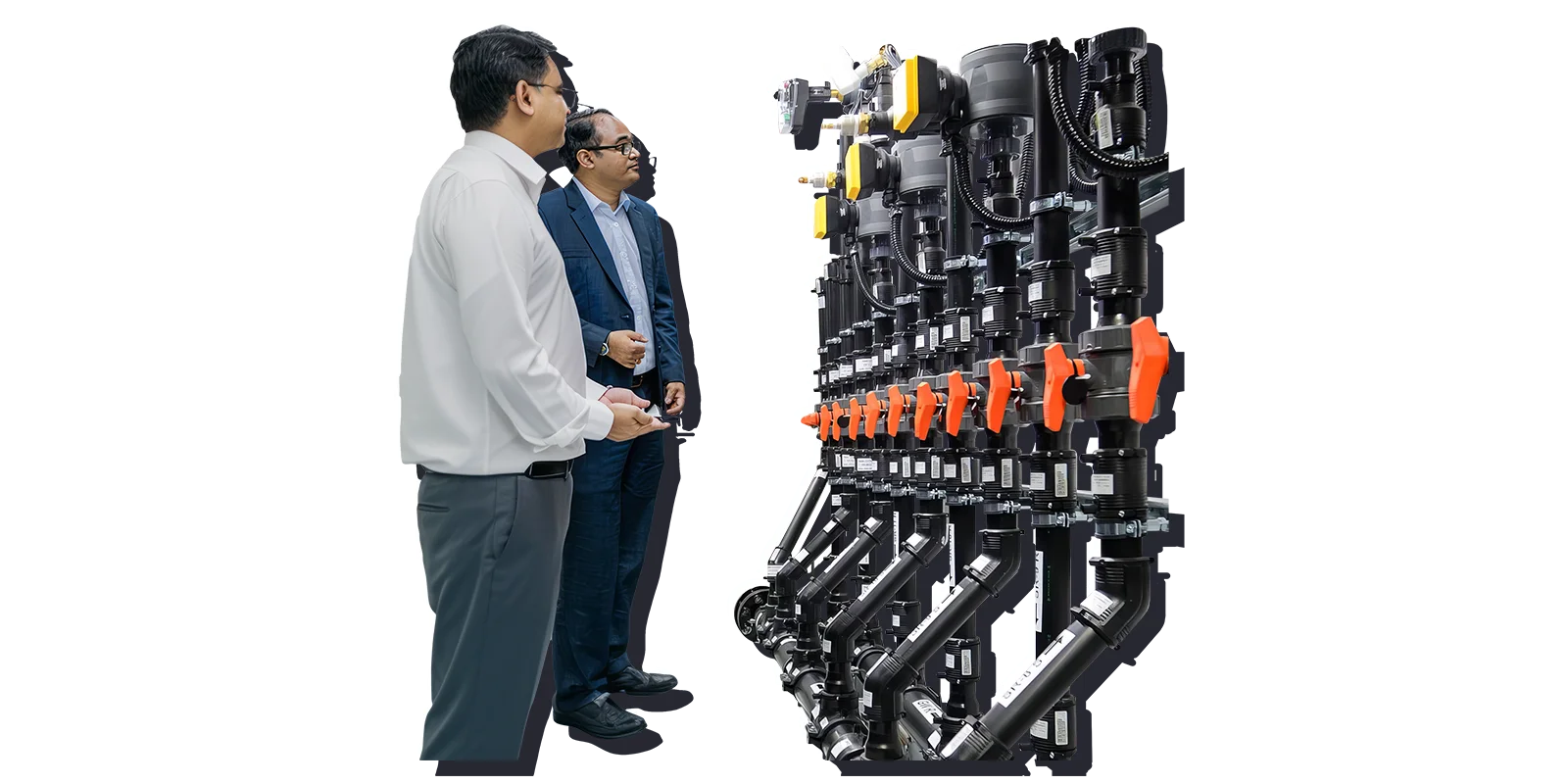
Home to the
Sustainable Tropical Data Centre Testbed,
the world’s first platform focusing on sustainable cooling solutions for data centres in tropical environments.
IN RECOGNITION
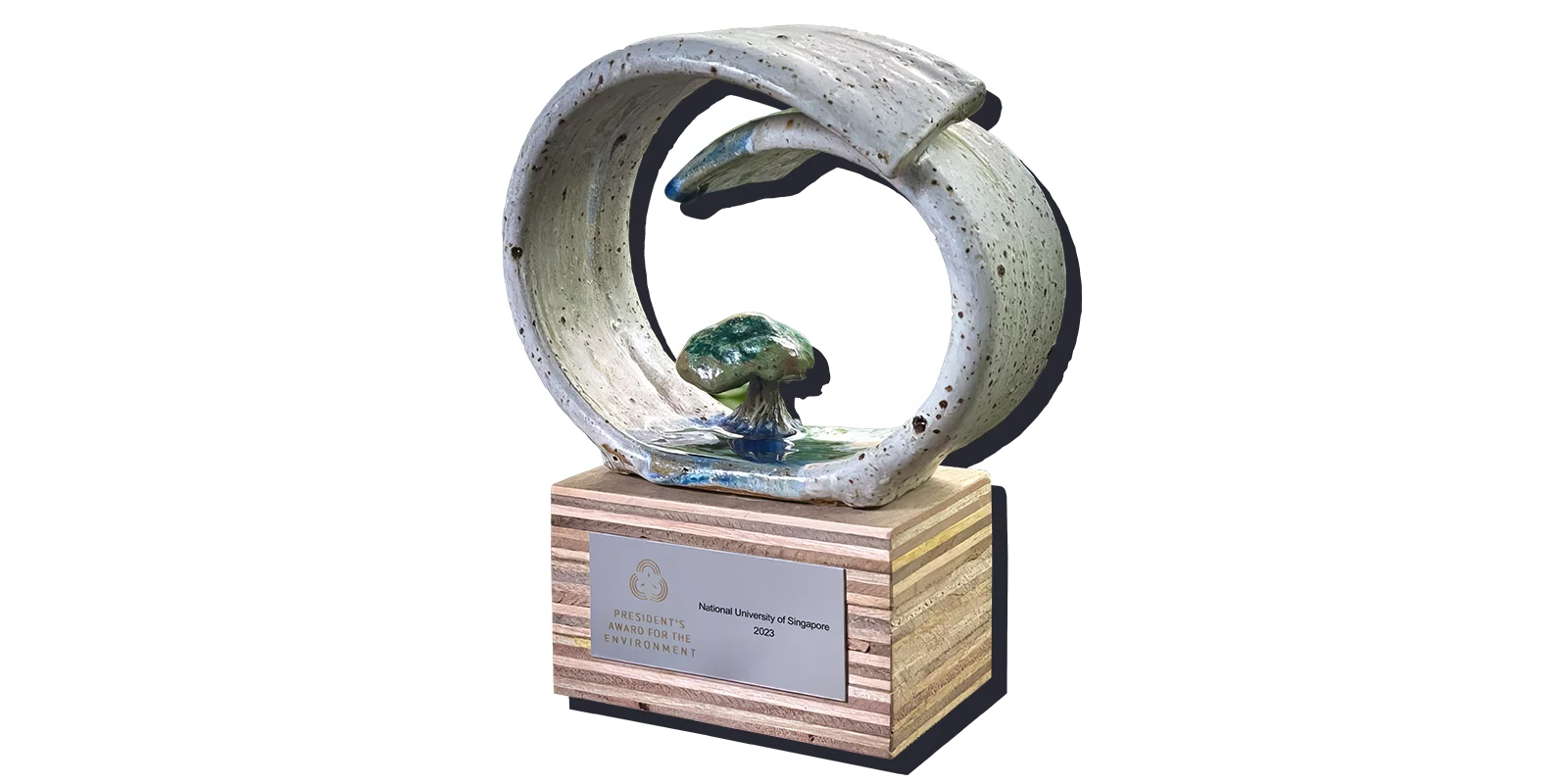
The first university to receive the
President’s Award for the Environment 2023,
Singapore’s highest accolade for environmental sustainability.
TRANSFORMING CAMPUS MOBILITY
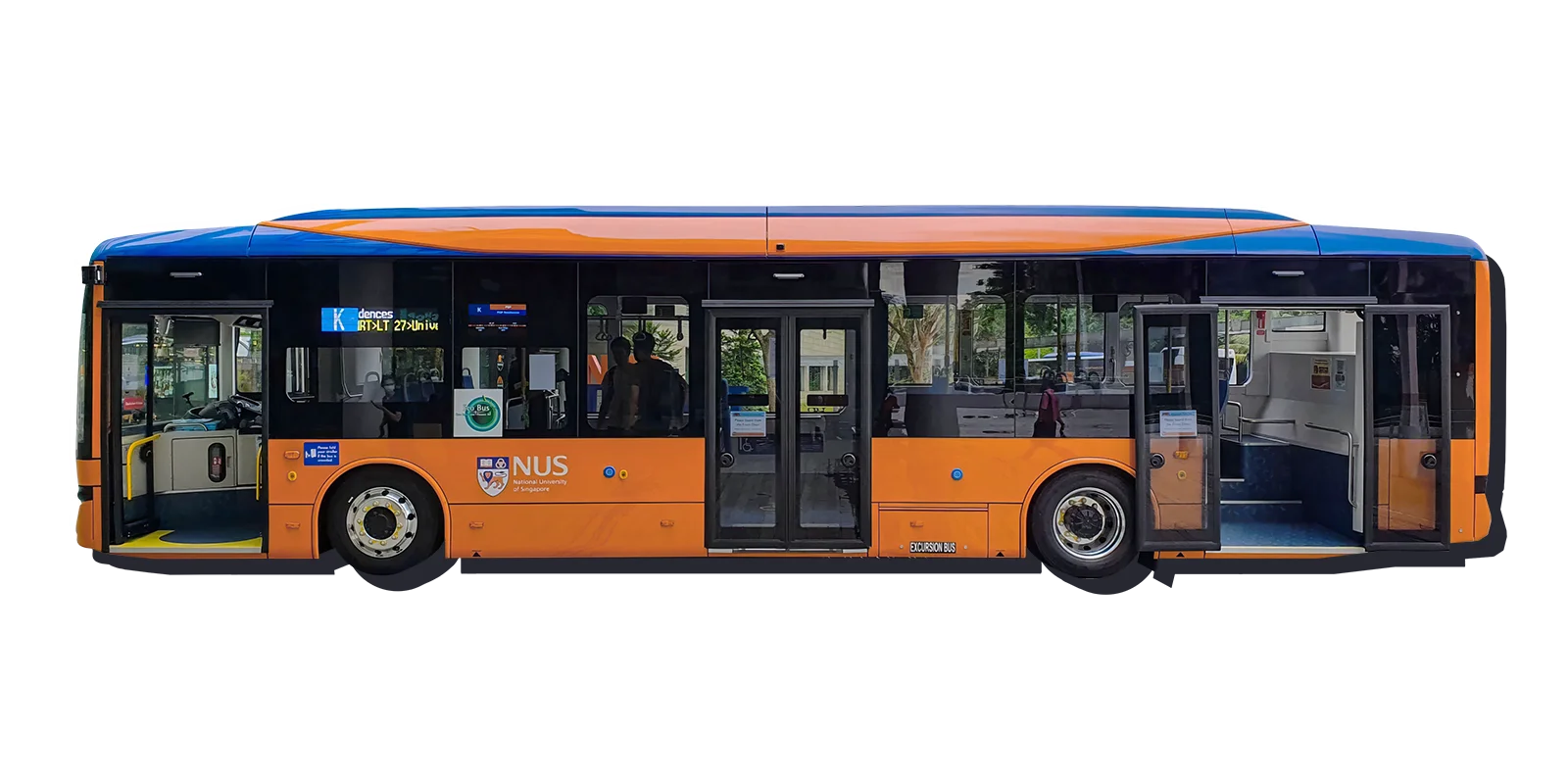
As of 2023,
100 %
of our campus buses have been electrified.
SOLAR-POWERED WI-FI
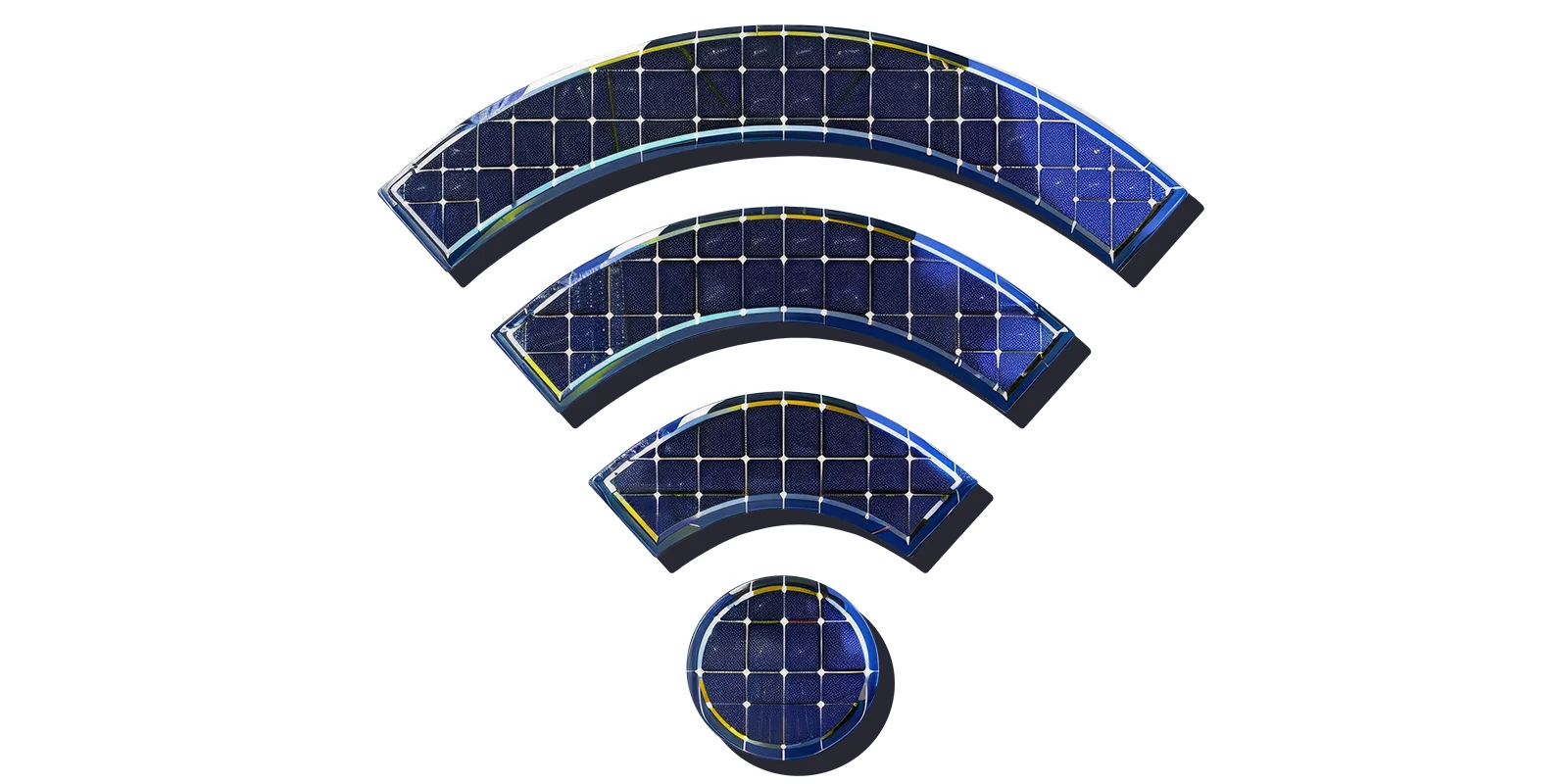
The first university in Singapore whose outdoor Wi-Fi—covering a sprawling campus of 150 hectares—is
100 % solar-powered.
Opting for wireless technology instead of invasive underground cables, this pioneering initiative achieved 90% less deployment time and 50% cost reduction, saving S$2.8 million.

“NUS is the only campus in Singapore with an extensive campus greening programme to bring nature closer to our community. By involving our community, campus tree planting activities can foster the spirit of responsibility and deepen a sense of belonging to NUS. We want to be part of the movement to realise a ‘Campus in a Tropical Rainforest’.”
Edric Ong
Faculty of Engineering
Our sustainability roadmap: A snapshot
NUS has drawn up a long-term Campus Sustainability Roadmap 2030, centred around the following key strategic initiatives: Carbon Neutral, Cool NUS, and Zero Waste. These aim to decarbonise our campus, improve climate resilience, and ensure sustainable waste management.
Carbon Neutral NUS
30% reduction in Scope 1 & 2 emissions, and 20% reduction in energy usage intensity, from Financial Year 2019 baseline
Current Status
(Scope 1 & 2 Emissions)
2% increase3
Current STATUS
(Energy usage intensity)
Maintained4
Our Continuing Efforts
As our campus grows to support the University’s mission, from the expansion of research to student life facilities, including three new buildings launched in FY2022, our electricity consumption is projected to increase.
We are committed to mitigating this by:
- de-energising energy-intensive laboratories;
- achieving best-in-class energy performance with our net-zero building clusters;
- optimising operational energy efficiency;
- maximising campus renewable energy by testbedding solar photovoltaic systems of higher efficiencies and procuring overseas renewable energy.
Cool NUS
Improving outdoor thermal comfort
Current Status
In progress
Our Continuing Efforts
We have begun on a targeted process towards improving outdoor thermal comfort. The first step, baselining, entails installing an extensive, high-resolution network of over 50 microclimate sensors across our Kent Ridge campus. Its data will be used to establish the campus’ baseline Outdoor Thermal Comfort Index.
Plant 100,000 trees, contributing 10% to Singapore’s OneMillionTrees movement
Current Status
35,100 trees planted to date (35% of goal)5
Our Continuing Efforts
Tree planting continues, as do efforts to evaluate the benefits of trees in improving outdoor thermal comfort.
Zero Waste NUS
50% recycling rate
Current Status
32% recycling rate, the highest since Financial Year 20196
Our Continuing Efforts
To further drive a whole-of-university waste sorting culture, we have installed Resource Sorting Stations in two student residences to encourage the sorting and depositing of clean recyclables, achieving near zero contamination. We also aim to close waste loops for streams that are harder to recycle, such as plastic.
30% reduction in daily waste disposed per capita from Financial Year 2021 baseline
Current Status
14% increase7
Our Continuing Efforts
As campus activity rebounds post-pandemic, we have observed a rise in per capita waste disposal. To tackle this, we are implementing a viable container reuse system in our canteens and food courts. We have also established a Sustainable Procurement Framework to promote mindful procurement.
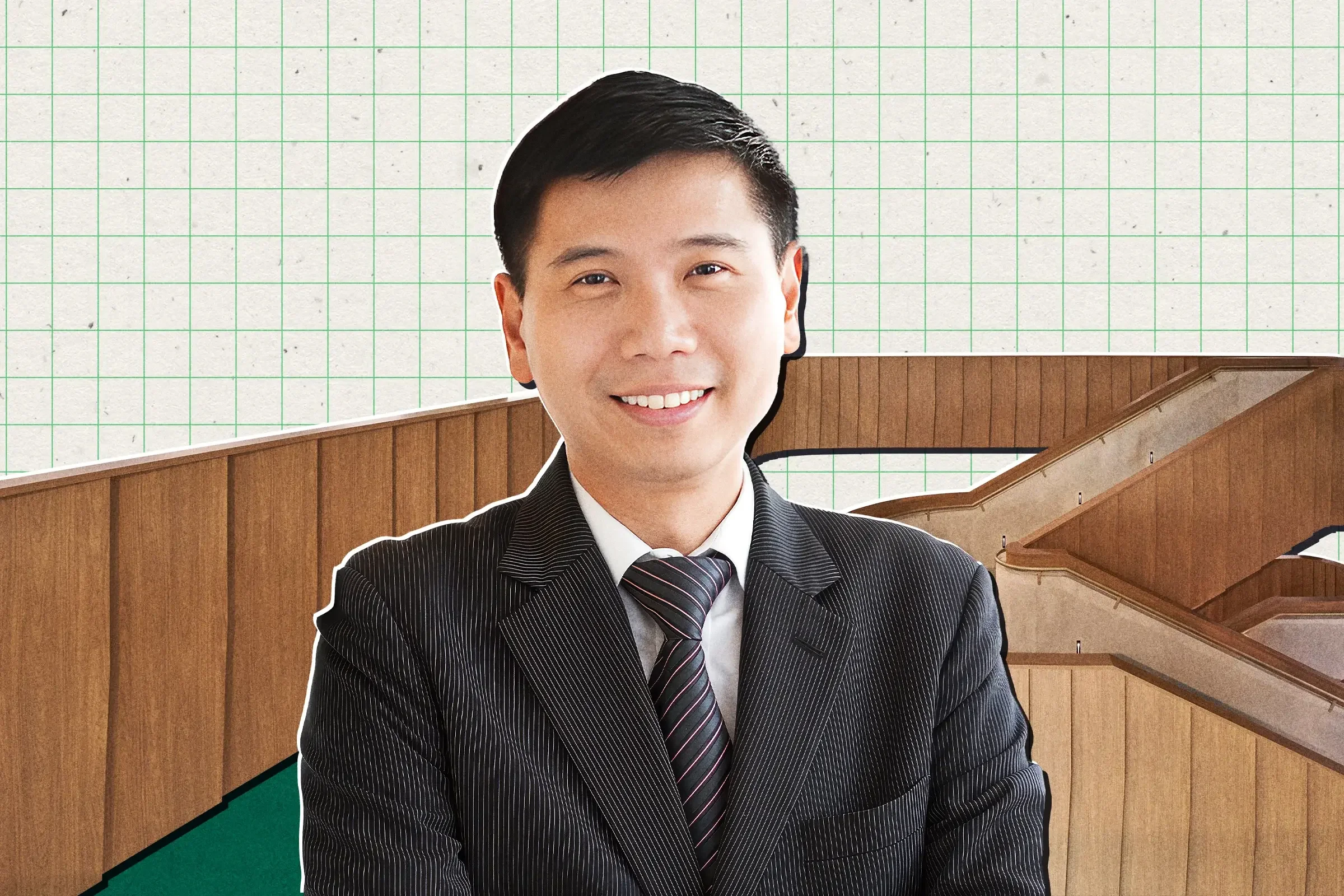
“Sustainability is at the heart of what we do. By shaping our buildings through new ideas, innovations and technologies that decarbonise campus operations, we hope to shape behaviour to reduce resource usage and wastage. In turn, our students and staff will be stewards of change for future generations.”
Koh Yan Leng
Vice President, NUS Campus Infrastructure
3
Financial Year 2022
4
Financial Year 2022
5
Financial Year 2022
6
Financial Year 2022
7
Financial Year 2022
OUR IMPACT, IN DEPTH
Teaming up to recycle right
Low recycling rates are often caused not by the lack of recycling, but by inaccurate recycling practices. At NUS, plastic recycling bins had a whopping 57% contamination rate in early 2020. In other words, more than half the items in the recycling bin couldn’t be recycled, a problem that persists across Singapore.
These were the findings of a group of students from different disciplines—industrial design, engineering and statistics—in partnership with the NUS Zero Waste Taskforce in 2020, as part of a study into recycling at NUS.
Hamashree A, a statistics student from the team, applied methods learned in class to produce evidence-based recommendations, while Bao Xinjing, an engineering master’s student, led the contamination analysis and data collection process.
Based on the study’s data and subsequent tests, the team proposed various recommendations to promote recycling on campus. These include a more intuitive recycling bin design with physical “speedbumps” reminding users of the right recyclables created by the industrial design students in the team, methods to step up recycling education, and the gradual phasing out of single-use plastics on campus.

